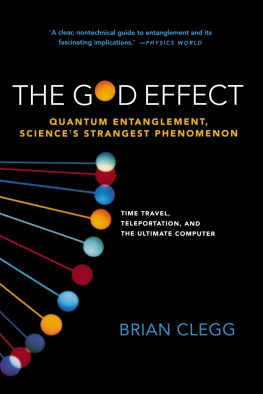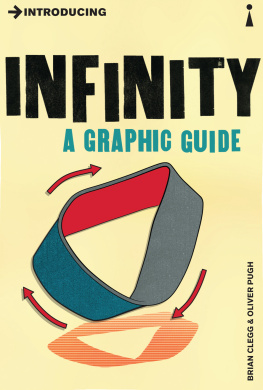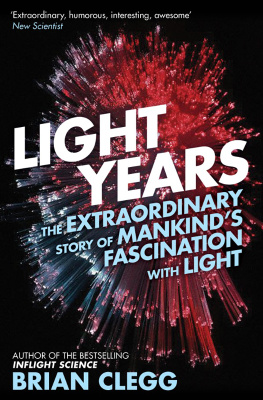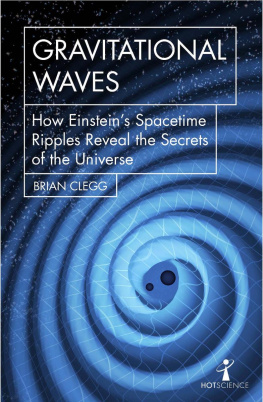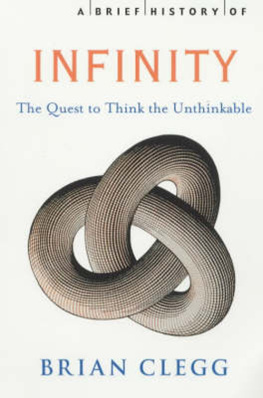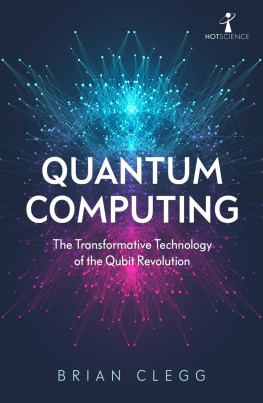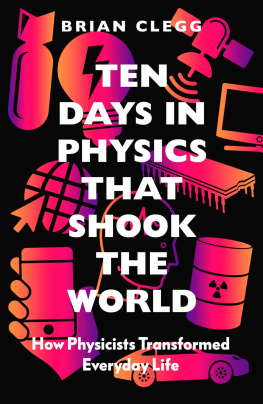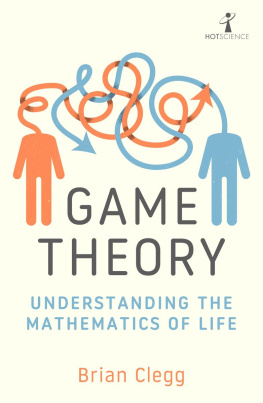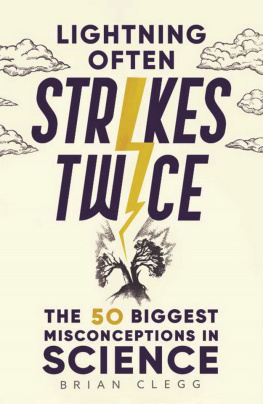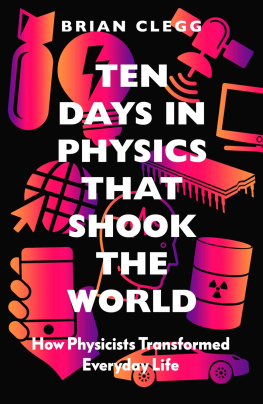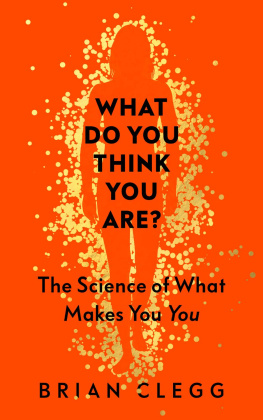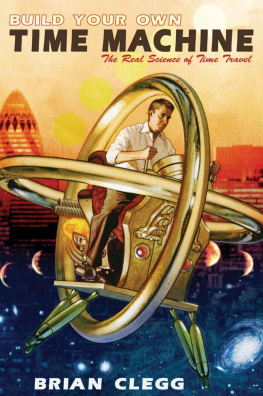Brian Clegg - Time travel : Ten Short Lessons
Here you can read online Brian Clegg - Time travel : Ten Short Lessons full text of the book (entire story) in english for free. Download pdf and epub, get meaning, cover and reviews about this ebook. year: 2021, genre: Science fiction. Description of the work, (preface) as well as reviews are available. Best literature library LitArk.com created for fans of good reading and offers a wide selection of genres:
Romance novel
Science fiction
Adventure
Detective
Science
History
Home and family
Prose
Art
Politics
Computer
Non-fiction
Religion
Business
Children
Humor
Choose a favorite category and find really read worthwhile books. Enjoy immersion in the world of imagination, feel the emotions of the characters or learn something new for yourself, make an fascinating discovery.

- Book:Time travel : Ten Short Lessons
- Author:
- Genre:
- Year:2021
- Rating:4 / 5
- Favourites:Add to favourites
- Your mark:
- 80
- 1
- 2
- 3
- 4
- 5
Time travel : Ten Short Lessons: summary, description and annotation
We offer to read an annotation, description, summary or preface (depends on what the author of the book "Time travel : Ten Short Lessons" wrote himself). If you haven't found the necessary information about the book — write in the comments, we will try to find it.
Time travel : Ten Short Lessons — read online for free the complete book (whole text) full work
Below is the text of the book, divided by pages. System saving the place of the last page read, allows you to conveniently read the book "Time travel : Ten Short Lessons" online for free, without having to search again every time where you left off. Put a bookmark, and you can go to the page where you finished reading at any time.
Font size:
Interval:
Bookmark:
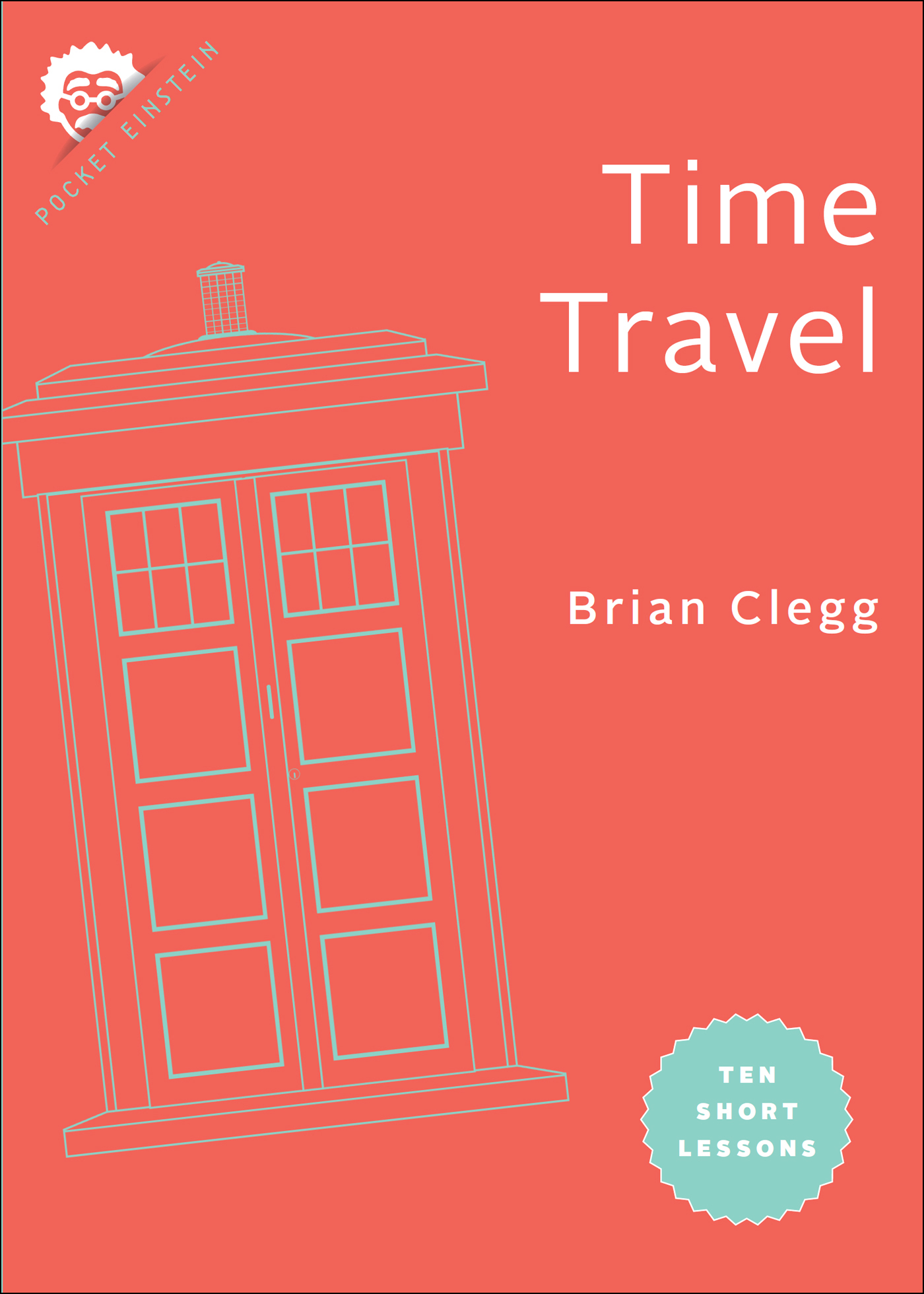
Time Travel
Ten Short Lessons
Also in thePOCKET EINSTEINseries
Space Travel: Ten Short Lessons
Artifical Intelligence and Robotics: Ten Short Lessons
Renewable Energy: Ten Short Lessons
Ten Short Lessons
Brian Clegg

Johns Hopkins University Press
Baltimore
First published in Great Britain in 2021
by Michael OMara Books Limited
9 Lion Yard
Tremadoc Road
London SW4 7NQ
Copyright Michael OMara Books 2021
All rights reserved.
Printed in the United States of America on acid-free paper
2 4 6 8 9 7 5 3 1
Johns Hopkins University Press
2715 North Charles Street
Baltimore, MD 21218-4363
www.press.jhu.edu
Library of Congress Control Number: 2020952491
ISBN 978-1-4214-4240-2 (paperback : acid-free paper)
ISBN 978-1-4214-4241-9 (ebook)
Designed and typeset by Ed Pickford
Illustrations by David Woodroffe
Special discounts are available for bulk purchases of this book. For more information, please contact Special Sales at specialsales@jh.edu.
Johns Hopkins University Press uses environmentally friendly book materials, including recycled text paper that is composed of at least 30 percent post-consumer waste, whenever possible.
Few television shows have had the lasting appeal of Doctor Who, first broadcast in 1963 and, despite a hiatus, still going strong over fifty years later. I can still remember the sense of mystery when the first episode went out in the days of black-and-white TV. It was quite different from anything else Id seen in my young life. And, dramatically, the series was launched during a week that was branded on the memories of anyone old enough to remember it.
At 12.30 p.m. Central Standard Time on 22 November 1963 in Dallas, Texas, US President John F. Kennedy was assassinated. TV broadcasts in many countries came to a standstill. At 5.15 p.m. in the UK the next day, the first episode of Doctor Who was broadcast. A combination of power cuts and the shadow of Kennedys assassination meant that many missed that first episode, so it was rebroadcast the following week. But what made the launch of Doctor Who particularly poignant as a series that arrived at such a definitive point in history was that the stand-out feature of the show was time travel.
In part, time travel opened up new vistas. As well as exploring alien planets, the Doctor and his companions could visit historical events. The BBC envisaged this originally as an educational opportunity, though it soon became clear that a visit to the past or future opened up dramatic possibilities and any educational element was given a light touch. Equally, time travel made it possible to explore paradoxes when, for example, it became feasible to go back in time before a disaster and change things so that it never happened. In practice this has rarely featured in the programme, but time travel is a tempting snare for the imagination.
These paradoxical possibilities would feature more strongly in some Hollywood ventures into time travel, from Back to the Future to Looper and beyond and, of course, in literary classics such as Ward Moores Bring the Jubilee and Douglas Adams Life, the Universe and Everything. But, generally speaking, the audience for science fiction has taken time machines to be a fun convention that allowed for an illusory ability to be played out, because the assumption for many was that time travel would never be possible in reality.
Although science fiction, unlike fantasy, tries to stick to what is physically possible, it has always featured a handful of special conventions where something that is believed to be infeasible is allowed to happen. The rules allow these unlikely concepts to be introduced, after which the storyline has to follow what is practical within the known world. An early example of this was in the H. G. Wells novel The First Men in the Moon. Wells introduced an imaginary substance, cavorite, which blocked gravity. But once he had brought this impossible invention into the storyline, the consequences moved forwards logically.
Such frequently used cheats have included faster-than-light travel, hyperspace, force fields or shields, tractor beams and, of course, time travel. And in most of these cases, it is hard to see how the technology or concept could ever be made real. But time travel is the exception that proves the rule. Because, remarkably, Einsteins theories of relativity have made it clear that making a time machine is more a matter of engineering challenges than physical impossibilities. Time travel is real and is happening right now.
Travelling through time has a seductive appeal for practically everyone. Who wouldnt be fascinated by a visit to the past? Admittedly, it would be a problem if you worked in the gambling industry: there would be no future in lotteries or betting if anyone could pop back and place a bet on a certain outcome. But for the rest of us, its a beguiling prospect. History and archaeology have their limitations. It would be amazing to be able to watch or take part in great events from history and see what really happened, or to see living dinosaurs striding across the Earth, no doubt turning palaeontology on its head. For that matter, on a personal level it would be transformative to have the chance to see dead relatives again, to revisit things you never got the chance to say. And then theres the future whether that be dark or bright. The reality of things to come would be science fiction come alive, a heady plunge into a speculative world.
So lets take a step beyond the Doctor, Doc Brown and all those time-travelling fictional characters and take a real-world trip in the fourth dimension.
Clearly any real body must have extension in four directions: it must have length, breadth, thickness, and duration.
H. G. WELLS (1895)
Its no surprise that time travel crops up regularly in fiction, but it is quite shocking to learn that it can be done for real. In one sense, we all travel in time. Our conscious moment of the present seems to tick forwards, gliding from hour to hour and day to day. And, thanks to memory, we can slip back into the past, revisiting another time even if memory is now recognized as a mental construct that inaccurately recreates what once was. Yet this picture of time travel seems like cheating. Its not what we hope for. Its a bit like saying we are physical travellers sitting in a chair at home because the planet Earth is constantly in motion around the sun. Thankfully, though, its only the beginning.
This is because true time travel the ability to move to a time other than the present based on science and technology is real. There is nothing in the laws of physics that prevents time travel, and the science behind it has been experimentally proved many times over. We can, with H. G. Wells time traveller, take on a journey in a fourth direction that is different from the spatial three. A trip through the dimension of time.
Every experience you have involves movement through space. It may be your body moving, or something more subtle: you couldnt see, for example, without photons of light moving from the source to your eyes, breathe without air molecules moving into your lungs or even think without the movement of electrical impulses in your brain. And all movements involve some elapse of time: nothing can move instantaneously. Thats a reality that was challenged in the fifth century BC by an ancient Greek philosopher called Zeno. According to Zeno and the Eleatic school, change and movement were nothing more than illusion. Zeno illustrated this viewpoint with a number of paradoxes.
Font size:
Interval:
Bookmark:
Similar books «Time travel : Ten Short Lessons»
Look at similar books to Time travel : Ten Short Lessons. We have selected literature similar in name and meaning in the hope of providing readers with more options to find new, interesting, not yet read works.
Discussion, reviews of the book Time travel : Ten Short Lessons and just readers' own opinions. Leave your comments, write what you think about the work, its meaning or the main characters. Specify what exactly you liked and what you didn't like, and why you think so.

